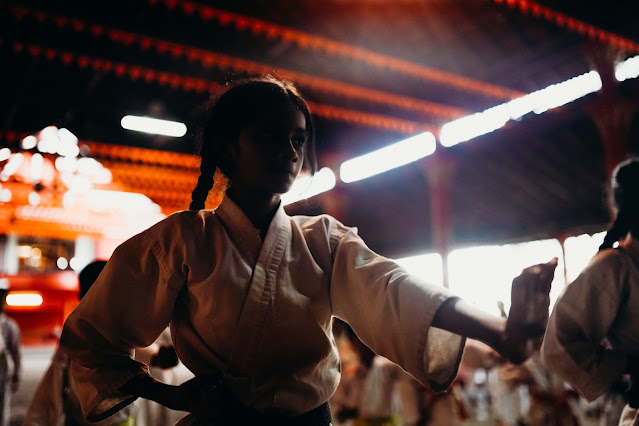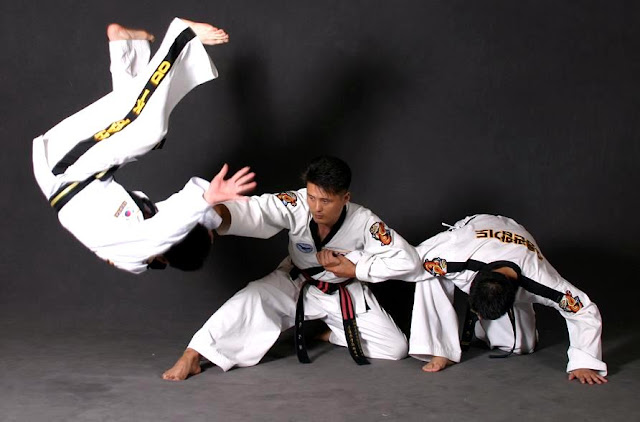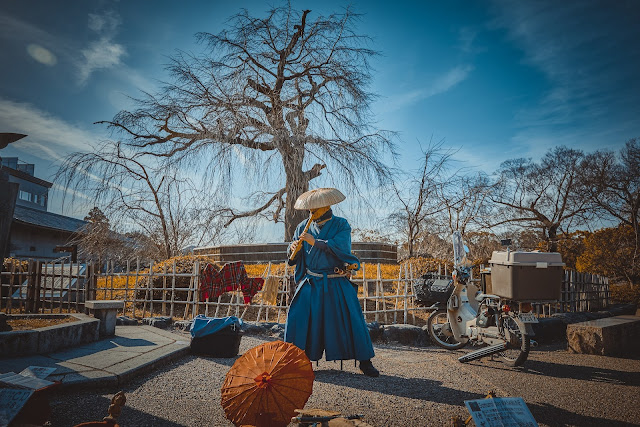What is Brazilian Jiu-Jitsu? Rules and training of (BJJ).....
- Introduction of (BJJ).
Brazilian Jiu-Jitsu (BJJ) is a martial art that focuses on ground fighting and grappling techniques. It originated in Brazil in the early 20th century and has since become one of the most popular martial arts in the world.
BJJ is known for its emphasis on technique and leverage, which allows smaller and weaker individuals to defend themselves against larger and stronger opponents. It is often used in mixed martial arts (MMA) competitions, as well as in self-defense situations.
In BJJ, practitioners wear a gi (a traditional martial arts uniform) and compete in matches on a mat. Matches can be won by submission, where one competitor forces the other to "tap out" by applying a chokehold or joint lock.
BJJ training also focuses on physical fitness, strength training, and flexibility. It is a great way to improve your overall health and wellness, while also learning invaluable self-defense skills.
- Brazilian Jiu-Jitsu training (BJJ)
- Rules of (BJJ)
- The objective is to submit your opponent or win by points.
- Points are awarded for takedowns, sweeps, and dominant positions.
- Submissions include joint locks and chokeholds.
- Strikes are not allowed in Brazilian Jiu-Jitsu competition.
- The match is won by submission, points, or if the time limit is reached, the competitor with the most points or advantage points wins.
- It's important to follow proper etiquette and respect your training partners and instructors.
- Safety is always a top priority, so competitors are expected to tap out when caught in a submission or if they feel any discomfort or pain.
- It's important to note that training and competition rules may differ slightly between Brazilian Jiu-Jitsu schools or organizations. Your instructor will provide specific rules and guidelines for training and competition.
- Respect is paramount. Respect your training partners, instructors, and the rules of the art.
- Control is key. Brazilian Jiu-Jitsu emphasizes control over your opponent, rather than brute force.
- Timing and technique are more important than strength. Brazilian Jiu-Jitsu is known for allowing smaller practitioners to defend themselves against larger opponents.
- Be mindful of safety. Tap early and often when caught in a submission, and always pay attention to your training partner's safety.
- Keep an open mind. Brazilian Jiu-Jitsu is a constantly evolving art, so be open to learning new techniques and strategies.
- Consistency is key. Improvement in Brazilian Jiu-Jitsu comes from consistent practice and dedication to the art.
- Position before submission. Brazilian Jiu-Jitsu emphasizes gaining and maintaining dominant positions over your opponent before attempting a submission.
- Pressure and control. Pressure and positional control are important aspects of Brazilian Jiu-Jitsu. This allows you to limit your opponent's movement and eventually lead to a submission.
- Guard. The guard is a defensive position where you use your legs to control your opponent and defend against their attacks. It's important to learn how to play guard and how to pass guard.
- Lateral movement. Lateral movement is important in Brazilian Jiu-Jitsu to create angles and opportunities for sweeps and submissions.
- Base and balance. Maintaining a strong base and balance is important to prevent your opponent from sweeping or taking you down.
- Flow. Brazilian Jiu-Jitsu requires a certain degree of flow and adaptability. You must be able to smoothly transition between techniques and positions.
- Mindset. Brazilian Jiu-Jitsu requires a focused, disciplined, and humble mindset. It's important to stay calm and composed, even when under pressure.


.jpeg)

.jpeg)
.jpeg)
.jpeg)
.jpeg)
.jpeg)
.jpeg)
.jpeg)

.jpeg)
.jpeg)

.jpeg)
.jpeg)



























